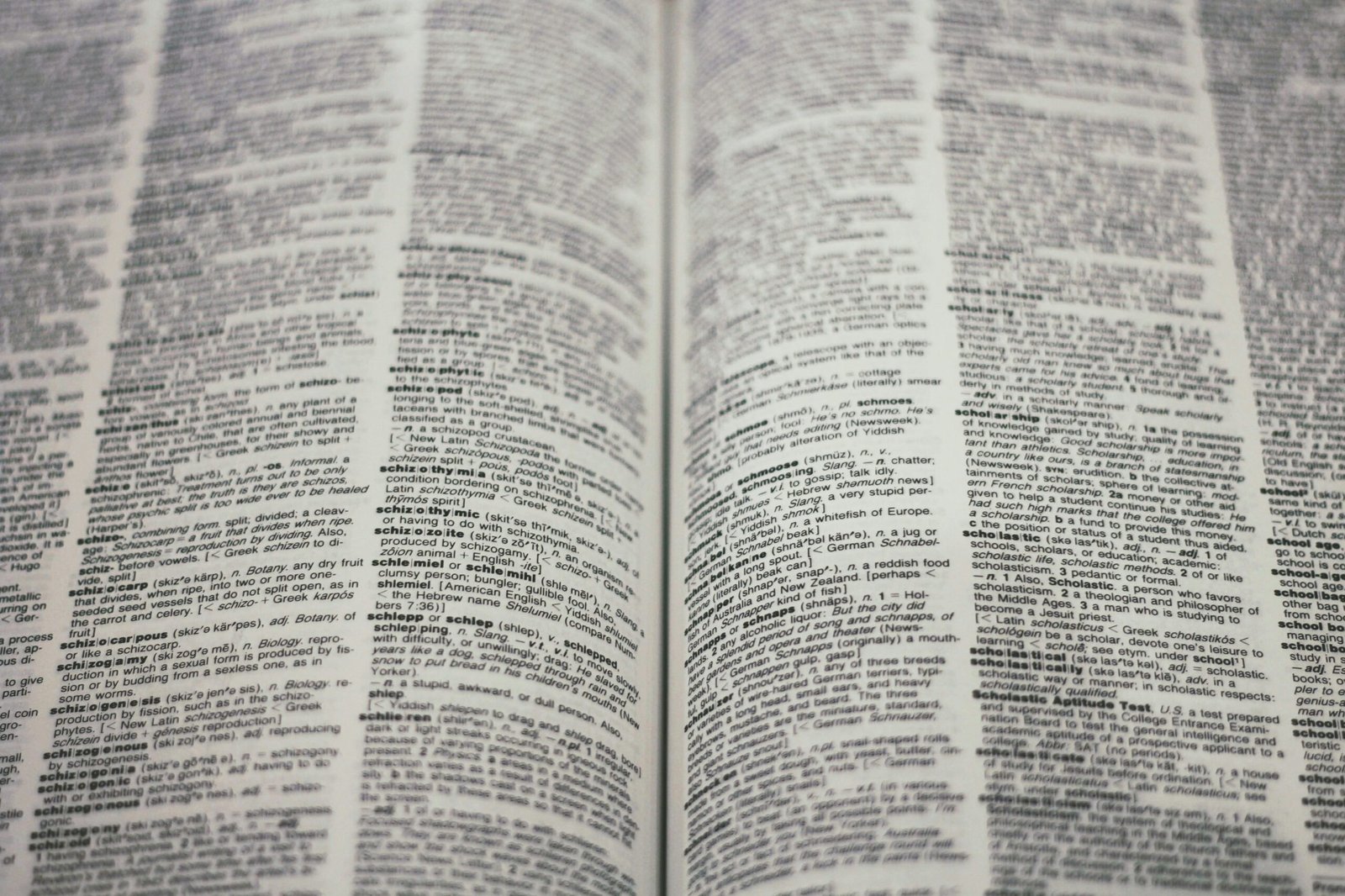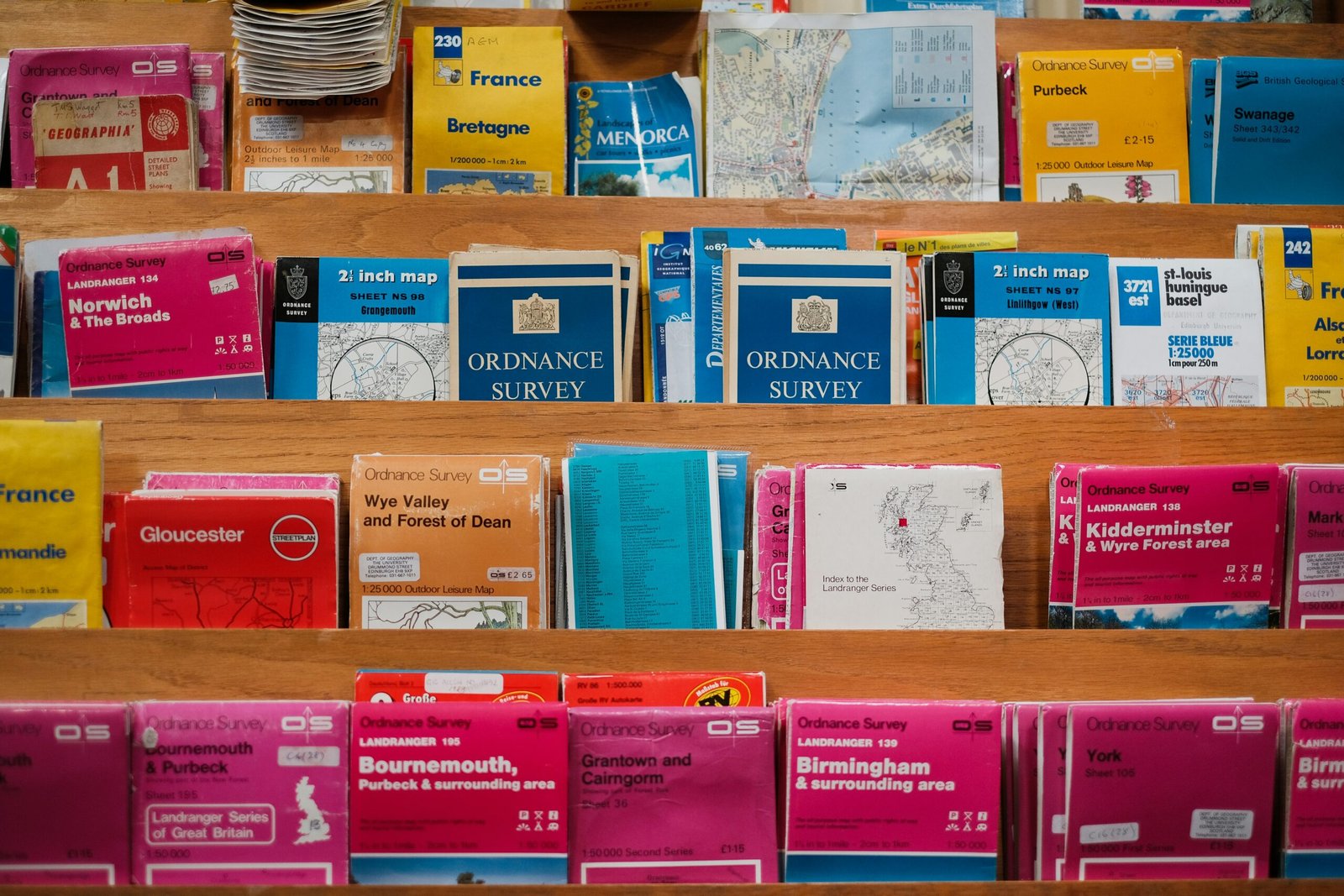The Painter by Peter Heller: A Haunting, Beautiful Western Thriller (Kindle Edition Review)
If you’ve ever wondered how a single impulsive act can redraw the entire map of a life, Peter Heller’s The Painter will pull you in from the first page. It’s a novel that moves like a river in flood—quiet eddies followed by surges of violence, stillness giving way to moral turbulence. You don’t just read it; you feel it working on you, line by line, like wind against sandstone.
The setup sounds simple, almost mythic: a renowned painter, Jim Stegner, tries to outrun his past in the American West. Then he witnesses cruelty, intervenes, and sets off a chain reaction that tests his code, his guilt, and his craving for grace. But Heller, a novelist with a poet’s ear and a journalist’s eye, turns that premise into something richer—an intimate story of art, rage, and redemption that keeps asking: What does it cost to be good when the world keeps tempting you otherwise?
What The Painter Is About (Spoiler‑Light)
The Painter follows Jim Stegner, a famous artist with a reputation for blazing color on canvas and a past darkened by a shooting in a Santa Fe bar. He’s served his time and built a fragile quiet around fly-fishing, solitude, and painting. That quiet splits when he comes upon a hunting guide beating a small horse. Jim steps in. Violence follows. Pursued by men who want retribution, he’s forced back toward New Mexico, the public eye, and the buried shadows of how he became the kind of man who can make beauty and do harm in the same breath.
Heller writes the West not as a backdrop but as a second protagonist: rivers that carry memory, mesas that dwarf your private griefs, sun that bleaches everything to bone truth. The landscape and the plot mirror each other—wide open and tense, elegant and unforgiving. You’ll feel the cool shock of water as Jim casts a line, the metallic tang of fear when a truck appears on a dirt road, the ache of a painting taking shape after a sleepless night.
You can read The Painter as a literary thriller, but it’s equally a novel about making art—about the way color becomes confession and a brushstroke can be an apology the world might accept.
Curious to dive in now? Shop on Amazon.
Why This Novel Works: Style, Tension, and Moral Clarity
Heller’s prose is the kind you want to read aloud—lean, musical, precise. He doesn’t waste words; he aims them. That restraint makes the violent moments land harder and the quiet passages feel like a benediction. If you’ve read Heller’s other work—The Dog Stars or The River—you know he sets a high bar for lyrical storytelling grounded in place. For context on Heller’s background and body of work, see his bio on Wikipedia.
The moral stakes are equally clear and complicated. Jim is no saint. He’s also not a cartoon. He’s a man trying. The question is whether trying is enough when harm has momentum and old wounds aren’t done speaking. Heller’s gift is to let the reader sit inside that question without lecturing—so you lean forward, invest, decide for yourself.
A Western Noir with a Painter’s Eye
While The Painter doesn’t fit neatly into one genre, it brushes up against several: literary fiction, psychological suspense, and “Western noir,” a subgenre that sets shadowy moral tales against frontier backdrops. If you’re new to the term, Western noir often highlights rugged landscapes, flawed protagonists, and justice that doesn’t always look like a courtroom.
What sets this book apart is the painter’s eye at the center of it. Jim sees color the way a tracker reads sign. Blood is alizarin crimson. Dust is ochre. Rivers move in cerulean rhythms. His choices and his canvases blur; each is a study in risk, regret, and intention. For a primer on the tradition of expressive, emotion-forward art that informs the book’s sensibility, see Expressionism.
Want to sample a few pages first? Check it on Amazon.
Jim Stegner: Character as Battleground
Some protagonists are citizens; Jim is a country. Inside him are border disputes—between tenderness and temper, solitude and the need to set things right, paint and gun. He’s a widower, a father, a man whose losses have taught him both empathy and impatience. When he acts, you understand why, even when you wish he wouldn’t.
- He’s generous with animals and landscapes, rougher with men.
- He speaks little, but what he doesn’t say builds pressure.
- He paints as penance and as prayer.
The result is a character who feels deeply human. You won’t always agree with his choices, but you’ll know why he makes them—because Heller lets you feel how beauty and violence sometimes spring from the same well in him.
Ready to start reading tonight? Buy on Amazon.
The American West as Mirror and Measure
The Painter lives in the American West—its mesas, rivers, and long sightlines. Heller, an experienced outdoorsman, writes the natural world with authority and awe. The landscape isn’t moral, but it invites morality: it asks you to be small, to pay attention, to accept consequence. If you want to ground your mental map, here’s a concise overview of the American West and why its history and myth still shape how we tell stories of justice and survival.
Fishing sequences hum with care—knots tied in low light, the arc of a cast, the mercy of catch-and-release. Chase scenes echo the terrain’s cold logic: you can hide, but not forever; the land keeps its own records. The West in this book is a judge that never bangs a gavel. It just exists, immense and unmoved, while people prove who they are.
How Heller Builds Momentum Without Cheap Tricks
A lot of thrillers rely on twist fatigue: rug-pull after rug-pull until you stop believing the floor is real. Heller does the opposite. He builds tension from character and setting, letting dread bloom from plausible choices.
- Stakes escalate logically; consequences feel earned.
- Action grows out of emotions already on the page.
- Scenes end on lived beats, not gimmicks.
This craft-forward approach makes the book propulsive without sacrificing integrity. Even readers who “don’t usually do thrillers” tend to stay up late with The Painter, because the questions it asks—about guilt, forgiveness, and repair—matter beyond plot.
For another angle on Heller’s craft and career, this overview of his work is useful: Peter Heller.
The Art Inside the Story: Painting as Confession
Jim’s canvases are more than props; they are parallel narratives. When he’s blocked in life, he’s blocked in paint; when a breakthrough comes, you feel it first in the studio. This thread gives the novel an intimate, tactile quality. You can smell linseed oil, hear the scratch of brush on gesso, see how color becomes language.
Here’s why that matters: art gives Jim a way to speak when speech fails and to make amends when apologies fall short. The paintings don’t fix what’s broken, but they push against it. They’re acts of attention. And often, attention is the first mercy.
Which Edition to Choose: Kindle vs. Paperback vs. Audiobook
Let’s talk formats, because your reading experience will change slightly depending on what you pick.
- Kindle Edition: Great for portability, adjustable type, and reading late with a warm light filter. If you highlight passages or like to search for recurring motifs (“river,” “crimson,” “mercy”), digital is a joy. Many readers finish The Painter with dozens of highlights.
- Paperback: If you love the feel of a book and expect to lend it out, the trade paperback is satisfying—good hand-feel, easy to dog-ear (if that’s your thing), and ready for a bookshelf re-read.
- Audiobook: If available in your region, performance matters. A strong narrator can deepen the interiority of Jim’s voice and widen the world’s horizons during commutes or hikes.
Comparing editions? View on Amazon.
Practical tips: – If you read outdoors, the e-ink Kindle is brilliant in full sun. – If you annotate heavily, Kindle’s export makes book club prep a breeze. – Audiobook plus Kindle (via Whispersync where available) lets you swap between formats without losing place.
Want to dig deeper into reading tech and tools for the backcountry? The Bureau of Land Management has a helpful portal for planning outdoor time so you can pair your chapters with trails: BLM Visit.
Memorable Scenes Without Spoilers
A few moments will likely stick with you:
- The first confrontation by the horse—short, shocking, and morally precise.
- A night drive where the darkness itself feels like a character.
- A morning in the studio when color does what words can’t.
Each is earned. You don’t feel manipulated. You feel witness to a man whose choices scrape sparks on tinder he didn’t know he was carrying.
Watching for deals on the Kindle edition? See price on Amazon.
Themes That Linger: Violence, Mercy, and Making Again
The Painter’s most enduring theme is the possibility of making again—art, amends, a different self. That doesn’t mean erasing harm. It means facing it squarely, accepting the cost, and choosing better even when it hurts.
- Violence: not glamorized, but neither politely blurred.
- Mercy: not cheap, and not always mutual.
- Art: a practice of attention that can turn betrayal into witness.
If you’re curious about how artists historically translate intense emotion into form, the Tate’s glossary on Expressionism is a concise, insightful read.
Who Will Love The Painter
You’ll likely love this book if you’re drawn to: – Literary thrillers with moral heft. – Nature writing that feels both grounded and transcendent. – Flawed protagonists who still reach for grace. – Stories set in the American West with an eye for its beauty and brutality.
It’s also a sharp pick for book clubs that want to discuss choice, accountability, and the line between protection and vengeance.
Want to try it yourself? Check it on Amazon.
For Readers New to Peter Heller
If The Painter is your first Heller, expect: – Clean, lyrical sentences. – Deep attention to place. – Characters who make you argue with yourself in the best way.
When you’re ready for more, The Dog Stars and The River are natural next steps—different stories, same control of tone and landscape. To orient yourself to his broader career and interests (journalism, poetry, outdoors), here’s the Peter Heller overview again.
Book Club Guide: Questions Worth Asking
If you’re reading with a group, here are conversation starters: – When does Jim act out of anger versus protection? How can you tell? – What is the book saying about the difference between justice and revenge? – How do paintings function as character development? Which painting scene hit hardest for you? – Where does the landscape nudge characters to change—and where does it expose that they can’t? – What, if anything, would it mean for Jim to “earn” forgiveness? Who gets to decide?
A Quick Note on Violence and Content
This novel contains vivid—but not gratuitous—depictions of violence, including against animals and people. If that’s a trigger, consider pacing yourself. The scenes are purposeful; they’re meant to say something about harm and consequence, not to shock for shock’s sake. Still, it’s OK to step back. The book will meet you where you are.
The Takeaway
The Painter is a taut, beautiful novel about a man trying to be better in a world that keeps handing him worse choices. It’s a story of color and consequence, rivers and reckoning, and the fragile hope that making art can help us remake ourselves. If you care about stories that test the heart as much as the pulse, this one belongs on your list. If you enjoyed this review, stick around for more deep dives into literary thrillers, Western noir, and standout Kindle reads—consider subscribing to get the next one.
FAQ: The Painter by Peter Heller
Q: Is The Painter part of a series? A: No. It’s a standalone novel. You can start here without any background, though Heller’s other books share his lyrical style and love of wild places.
Q: Is the Kindle edition a good way to read this book? A: Yes. The prose is precise and quotable, so highlighting on Kindle is a plus. The search feature also helps track motifs like color references and river imagery.
Q: How violent is The Painter? A: It contains several intense scenes, including harm to animals and confrontations with firearms. The violence serves the story’s moral questions rather than sensation, but sensitive readers should be aware.
Q: What genre is The Painter? A: It blends literary fiction, psychological suspense, and elements of Western noir. Expect a character-driven story with real suspense and big, thorny themes.
Q: Will fans of The Dog Stars or The River like this? A: Likely, yes. All three feature strong nature writing, spare prose, and flawed protagonists. The Painter leans more into moral thriller territory than post-apocalyptic survival or river adventure.
Q: Is there an audiobook, and is it worth it? A: Availability can vary by region, but if you enjoy voice-driven narratives, the audiobook can deepen the intimacy of Jim’s perspective. Check your preferred audio platform for current options.
Q: Can I read this for a book club? A: Absolutely. The themes—justice, mercy, grief, art—spark rich conversation. It’s the kind of book that prompts different interpretations and strong opinions.
Q: Where is The Painter set? A: Primarily in New Mexico and the broader American West. The terrain—rivers, mesas, desert light—shapes the story’s mood and moral contours.
Discover more at InnoVirtuoso.com
I would love some feedback on my writing so if you have any, please don’t hesitate to leave a comment around here or in any platforms that is convenient for you.
For more on tech and other topics, explore InnoVirtuoso.com anytime. Subscribe to my newsletter and join our growing community—we’ll create something magical together. I promise, it’ll never be boring!
Stay updated with the latest news—subscribe to our newsletter today!
Thank you all—wishing you an amazing day ahead!
Read more related Articles at InnoVirtuoso
- How to Completely Turn Off Google AI on Your Android Phone
- The Best AI Jokes of the Month: February Edition
- Introducing SpoofDPI: Bypassing Deep Packet Inspection
- Getting Started with shadps4: Your Guide to the PlayStation 4 Emulator
- Sophos Pricing in 2025: A Guide to Intercept X Endpoint Protection
- The Essential Requirements for Augmented Reality: A Comprehensive Guide
- Harvard: A Legacy of Achievements and a Path Towards the Future
- Unlocking the Secrets of Prompt Engineering: 5 Must-Read Books That Will Revolutionize You







